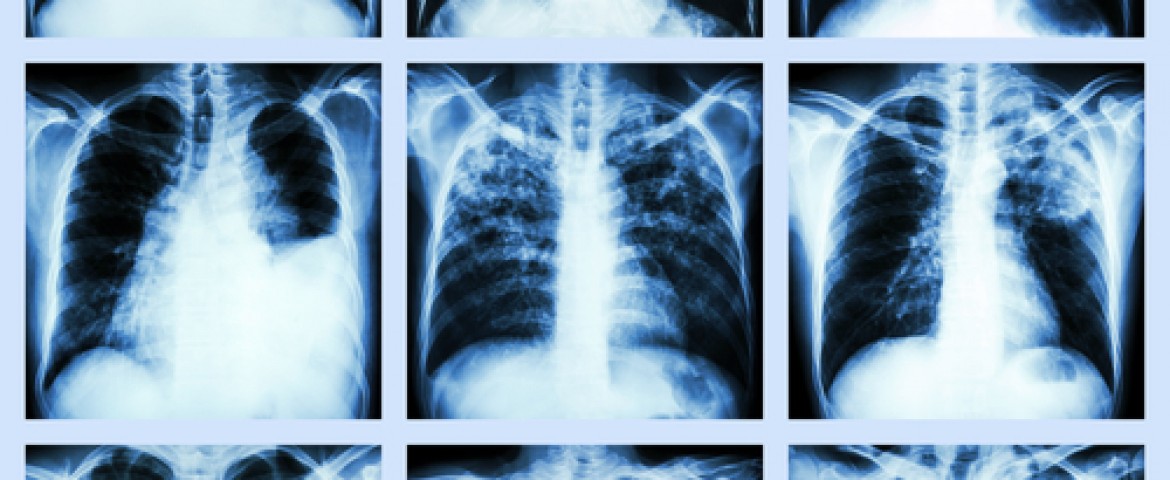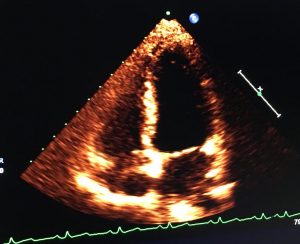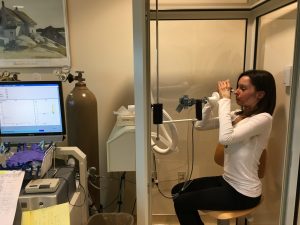These Tests Help Monitor My Scleroderma Progression

Some people go through life miraculously dodging any form of illness or disease. They go to the doctor for their physical once a year and don’t return until the next. Contrarily, a portion of the population spends so much time in a doctor’s office that it starts to feel like a part-time job. Statistics show that 20 percent of the U.S. population has some form of an autoimmune disease; less than 1 percent have scleroderma. Dealing with a rare disease, I’ve learned more about my body than I ever intended to.
X-rays, CT scans, blood work, surgeries, and endoscopies are just a few forms of testing that become the norm for me. If it’s an internal disease that ravages one’s body, it is imperative that physicians monitor vital organs. Pictures are taken of organs never before seen by a naked eye, and this, too, starts to become the norm.
I know what the blood rushing through my veins sounds like from a pulse volume recording test done to monitor how well my body circulates blood. This test is performed to see how much collagen has damaged the blood vessels and to test the severity of Raynaud’s disease. It was a unique experience to hear the swooshing sound of my veins pumping to keep me alive when some days I’m convinced my disease is doing just the opposite.
An echocardiogram is a heart test done on me once a year to evaluate how effectively my heart is pumping blood. This is imperative because pulmonary hypertension is a possible risk for those with scleroderma. Everything worn above the waist comes off, and a technician pushes an ultrasound wand covered in warm lotion around the sternum to take two-dimensional black-and-white pictures of the heart. At the end of the test, they record the sound of my heartbeat so the doctor can listen for irregularities.
A pulmonary function test is another imperative test completed annually to ensure air is moving through the lungs without obstruction. According to the University of Michigan, 80 percent of individuals with scleroderma have some form of lung complication. The results of the test are instantly delivered and can be compared to the previous year to check for a decline in lung function.
An endoscopy is a procedure that takes pictures of the inside lining of the esophagus, all the way to the stomach. To do this, doctors put me under with anesthesia and push a thin camera through my mouth, all the way to my stomach. The gastroenterologist looks for damage caused by excessive heartburn, Barrett’s esophagus, or inflammation. The doctor can also stretch certain areas that have narrowed from tightening. If a patient’s mouth doesn’t open wide enough, doctors can use a pediatric scope. The results are instant, and the pictures are printed in a packet, ready to be taken home. The only aftereffect for me is a minor sore throat and grogginess.
X-rays can be taken for different reasons, sometimes of different joints to see the degree of damage done from tightening. I have had almost every single piece of my body X-rayed, and the results have portrayed extreme forms of damage.
Blood work is the most frequent test done since many of my medications require monitoring of different levels. Aside from medication level testing, my care team also wants to make sure my inflammation levels are within normal range. They also check if my kidneys are functioning well (prednisone can affect them), plus my liver function is monitored for harm from mycophenolate. And my cholesterol levels are taken every few months to see if Actemra (tocilizumab) affects them.
These tests can show how much, or how little, an individual’s disease has progressed. It’s interesting to learn so much about my body, but it also can be scary. Watching myself change because of a disease is not easy by any means, but I’m thankful for the advancements in medical technology that allow my team and me to do so.
***
Note: Scleroderma News is strictly a news and information website about the disease. It does not provide medical advice, diagnosis, or treatment. This content is not intended to be a substitute for professional medical advice, diagnosis, or treatment. Always seek the advice of your physician or other qualified health provider with any questions you may have regarding a medical condition. Never disregard professional medical advice or delay in seeking it because of something you have read on this website. The opinions expressed in this column are not those of Scleroderma News or its parent company, Bionews Services, and are intended to spark discussion about issues pertaining to scleroderma.










Leave a comment
Fill in the required fields to post. Your email address will not be published.